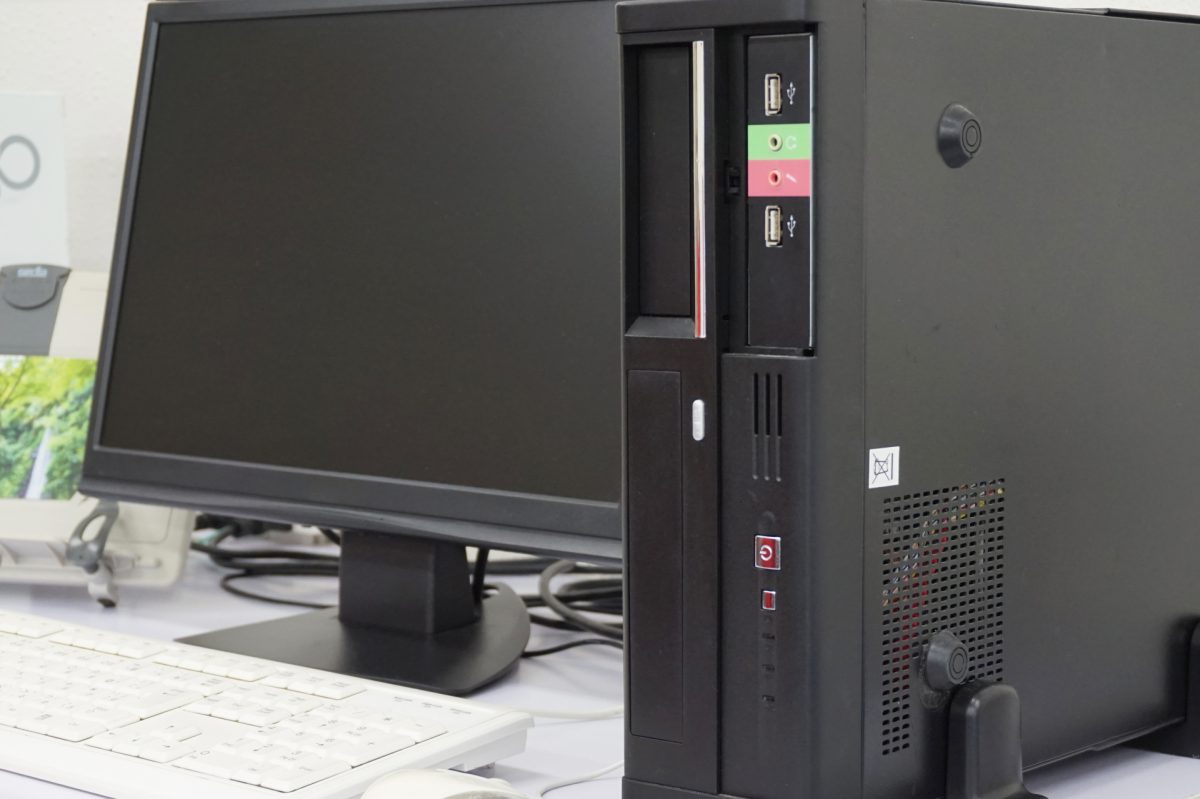
Blender Render Farms: Efficient 3D Rendering Power
Blender is a highly versatile and powerful 3D creation suite that’s free and open-source, making it incredibly popular among 3D enthusiasts and professionals alike. While Blender is user-friendly, rendering complex 3D scenes can be a time-consuming task. That’s where Blender render farms come in, offering an efficient solution to streamline the rendering process.
A Blender render farm is essentially a network of computers working together to speed up rendering tasks. Each render node is equipped with powerful CPUs and GPUs, allowing it to handle complex 3D scenes with ease. By distributing rendering tasks across multiple machines, render farms dramatically reduce the time it takes to produce high-quality outputs, letting creators focus more on their artistic vision and less on technical limitations.
How Blender Render Farms Work
Before diving into the world of render farms, it’s important to understand how the process works:
- Project Submission: First, upload your Blender project files (.blend) to the render farm platform of your choice. These files should include all necessary 3D models, textures, materials, and lighting setups.
- Task Distribution: The render farm’s software will divide the project into smaller tasks, distributing them among individual render nodes. This ensures optimal use of resources, saving both time and money.
- Rendering Process: Each render node processes its assigned task, producing rendered frames. Once completed, these frames are combined to create the final rendered output.
- Delivery: When the rendering is complete, the final images or animations are delivered to the user, typically via download or cloud storage.
Benefits of Using Blender Render Farms
There are several key advantages to using a Blender render farm:
- Accelerated Rendering: Render farms dramatically reduce rendering times, enabling faster iterations and more efficient workflows.
- Scalability: Render farms can scale to accommodate projects of any size, from indie productions to large-scale commercial projects.
- Cost-Effectiveness: For occasional or short-term rendering needs, using a render farm can be more affordable than investing in high-end hardware.
- Accessibility: Available from anywhere with an internet connection, render farms are ideal for remote teams and freelancers.
- Reliability: Most render farms have redundant hardware and backup systems, ensuring high availability and reliable performance.
Types of Blender Render Farms
There are two main types of Blender render farms:
- Cloud-Based Render Farms: These farms are hosted on remote servers and accessed via the internet. Users pay for computing resources on a pay-as-you-go basis, making this option ideal for individuals and small studios.
- On-Premise Render Farms: These are set up in-house within an organization’s data center. While offering greater control over the hardware and software, they require a significant initial investment.
Real-World Applications of Blender Render Farms
Blender render farms are used across a variety of industries, including:
- Animation and VFX: Producing high-quality animated films, TV shows, and visual effects for movies.
- Product Visualization: Rendering realistic images for marketing and e-commerce purposes.
- Architectural Visualization: Creating photorealistic renderings of building designs.
- Game Development: Rendering environments and characters for game testing and development.
- Education and Training: Producing simulations and educational content.
Choosing the Right Blender Render Farm
When selecting a Blender render farm, consider the following factors:
- Render Engine Compatibility: Ensure the render farm supports the render engine you use in Blender (e.g., Cycles, EEVEE).
- Performance: Check the render farm’s hardware specifications (such as CPU, GPU, RAM) to ensure it can handle your project’s complexity.
- Pricing: Compare pricing models of different render farms to find one that suits your budget.
- Ease of Use: Look for a render farm with a user-friendly interface and intuitive workflow.
- Customer Support: Good customer support can be crucial for quickly resolving technical issues or questions that may arise.
One platform to consider is Render Pool. It offers a beginner-friendly interface, clear instructions, and helpful tutorials to guide new users. Additionally, Render Pool has a reliable support team ready to assist you with any questions, ensuring a smooth and stress-free experience. With competitive pricing and reliable performance, it’s a great choice for those new to the world of render farms.
The Future of Render Farms
As technology advances, render farms will continue to evolve, becoming more powerful and accessible. The integration of artificial intelligence (AI), machine learning, and cloud computing will further enhance rendering processes, enabling the creation of increasingly complex and realistic 3D scenes. This progress is likely to accelerate the adoption of cloud-based render farms.
Render farms have already revolutionized 3D content creation by providing access to powerful computing resources, allowing artists and designers to bring their ideas to life more efficiently. By harnessing the power of multiple computers, render farms dramatically reduce rendering times, improve workflow efficiency, and offer scalable, cost-effective solutions for projects of all sizes across industries like animation, architectural visualization, and game development.
As these technologies continue to evolve, Blender render farms will remain essential tools for accelerating 3D rendering processes, empowering creators to focus on artistic vision rather than technical limitations. The continued integration of AI and cloud computing ensures render farms will play a key role in the future of 3D content creation.